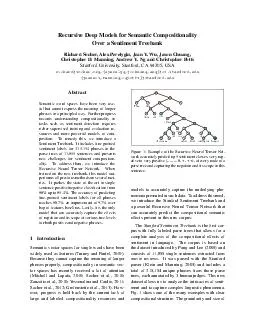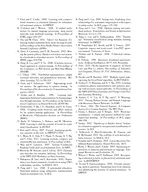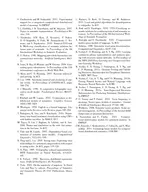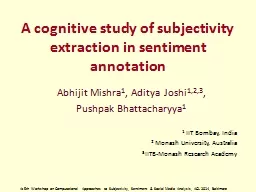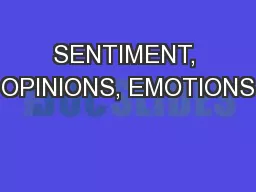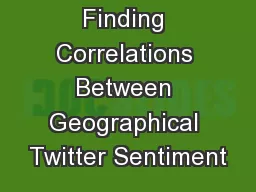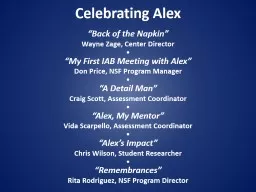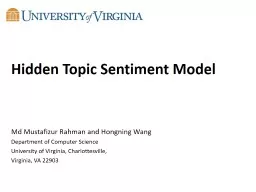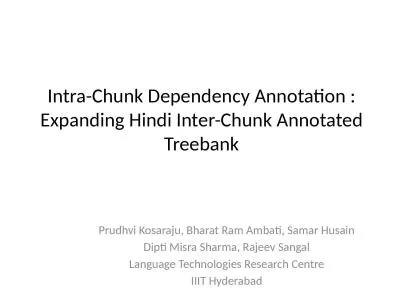PDF-Recursive Deep Models for Semantic Compositionality Over a Sentiment Treebank Richard
Author : alexa-scheidler | Published Date : 2014-11-13
Wu Jason Chuang Christopher D Manning Andrew Y Ng and Christopher Potts Stanford University Stanford CA 94305 USA richardsocherorg aperelygjcchuangang csstanfordedu
Presentation Embed Code
Download Presentation
Download Presentation The PPT/PDF document "Recursive Deep Models for Semantic Compo..." is the property of its rightful owner. Permission is granted to download and print the materials on this website for personal, non-commercial use only, and to display it on your personal computer provided you do not modify the materials and that you retain all copyright notices contained in the materials. By downloading content from our website, you accept the terms of this agreement.
Recursive Deep Models for Semantic Compositionality Over a Sentiment Treebank Richard: Transcript
Download Rules Of Document
"Recursive Deep Models for Semantic Compositionality Over a Sentiment Treebank Richard"The content belongs to its owner. You may download and print it for personal use, without modification, and keep all copyright notices. By downloading, you agree to these terms.
Related Documents

